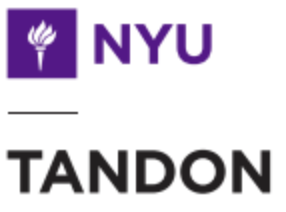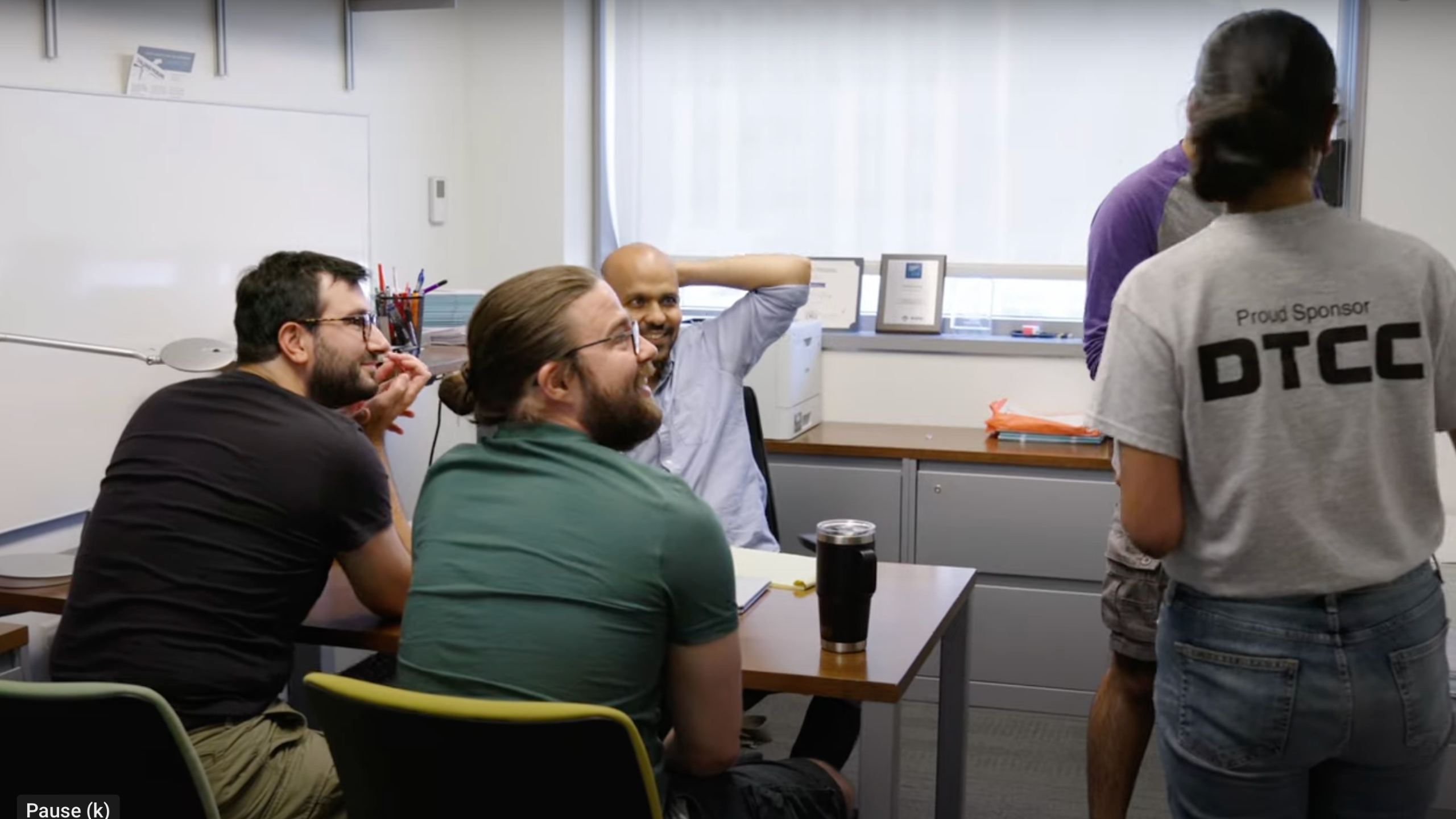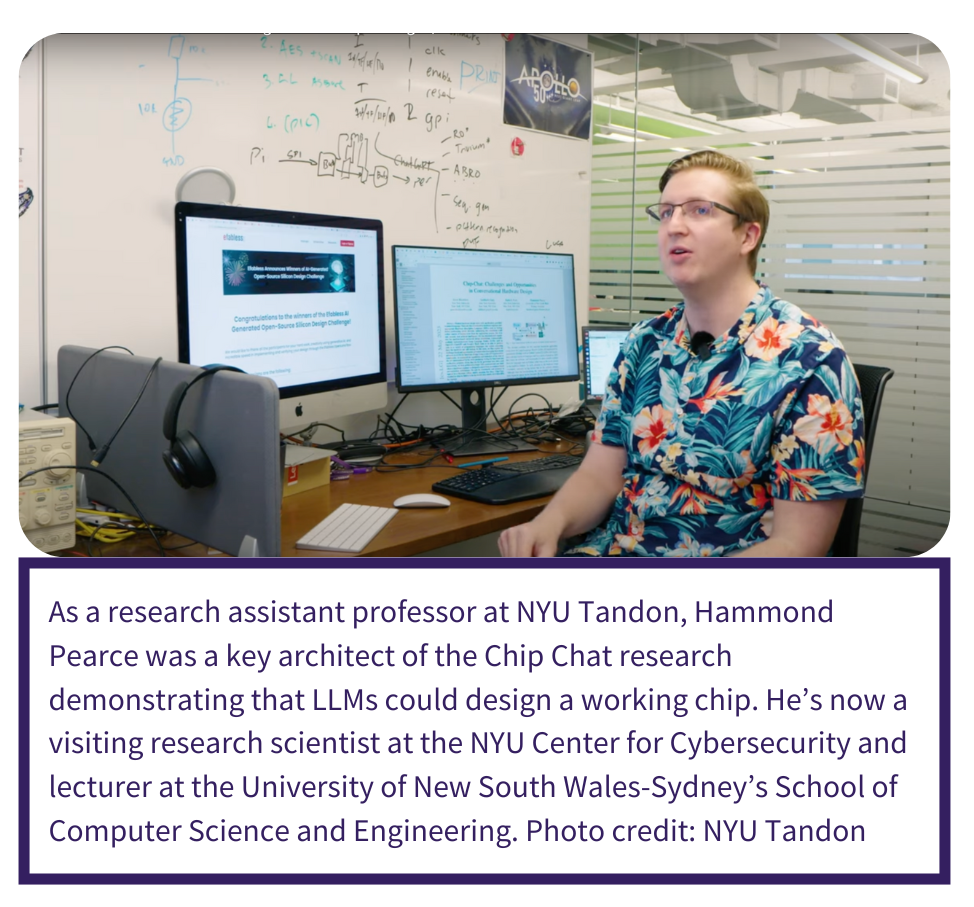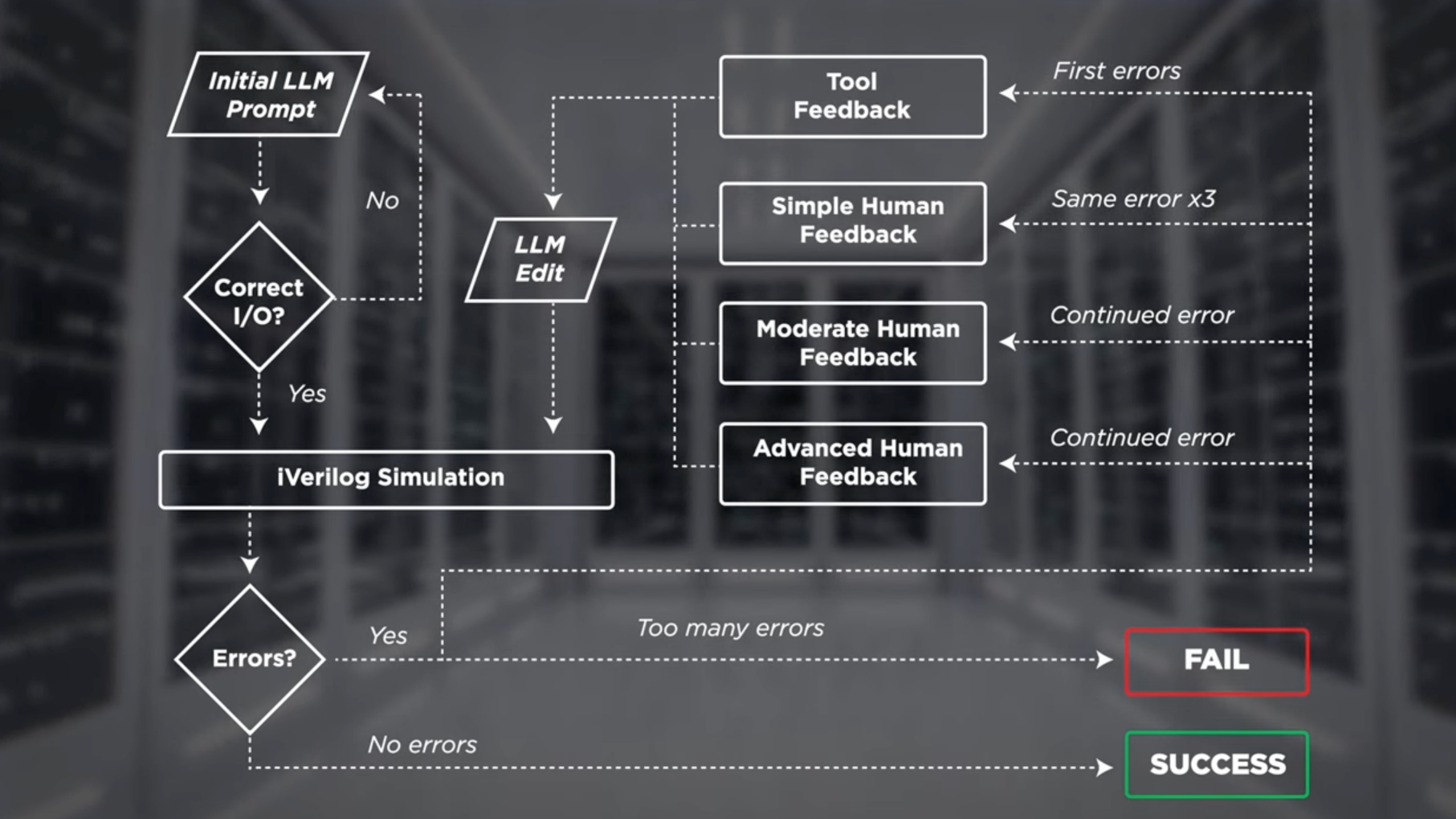Could You Make a Microchip?
How NYU is Using AI and Education to Democratize Chip Design
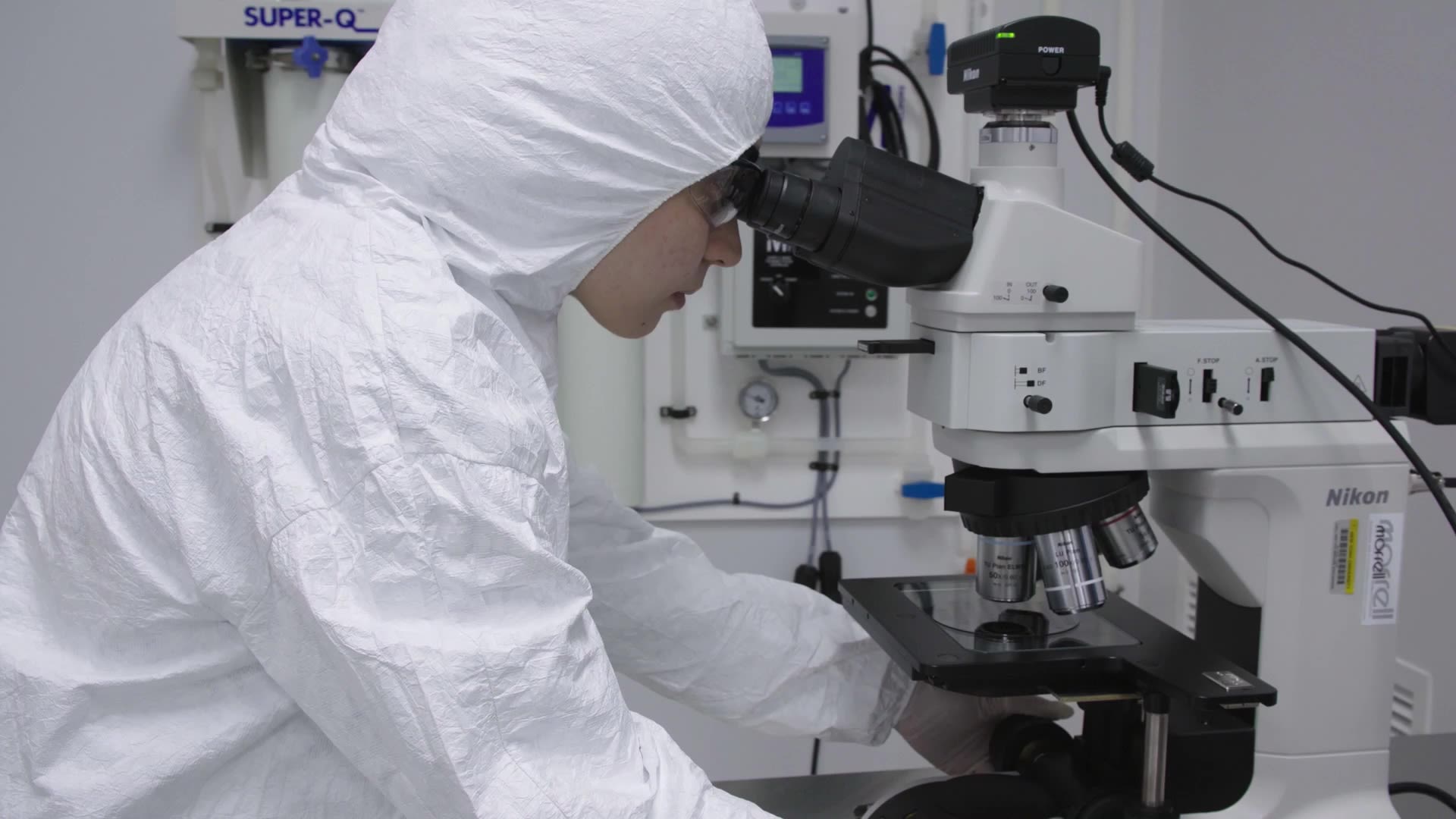
As President Joe Biden was signing the $280 billion CHIPS Act in August 2022, Siddharth Garg was already at work transforming the semiconductor industry.
Garg, a researcher and professor at the NYU Tandon School of Engineering, recognized a critical challenge shared by the CHIPS Act’s architects: a lack of prioritization on building the domestic semiconductor industry had led to a scarcity of chip design talent that was hindering innovation and U.S. semiconductor competitiveness.
Garg saw it firsthand when he graduated from Carnegie Mellon in 2009 with a doctoral degree in electrical and computer engineering (ECE), focusing on aspects of chip design. He promptly pivoted from this field after graduation.
"When I earned my PhD, there wasn’t a focus in the U.S. on chips. So for the last 15 years I ended up broadening my research focus into hardware security and other related, interdisciplinary areas because a specialization in integrated circuit design didn’t seem viable," Garg explains.
"Now, with the CHIPS Act signaling a real investment in this area at the same time AI enters a new phase of mass accessibility, there’s so much potential. My colleagues and I want to open up the field to all sorts of creative, scientifically-minded individuals from diverse backgrounds."
Garg envisions a future where experts from various fields create custom semiconductors – for example, a biologist could design chips to revolutionize gene sequencing, or an environmental scientist could create ultra-efficient sensors to monitor climate change in real-time.
This multidisciplinary approach could lead to breakthroughs in personalized medicine, quantum computing, advanced AI, and space exploration, among other areas.
A major obstacle to integrated circuit design innovation, however, is limited access to training; those skills are usually taught in courses for STEM students with specific specialization in electrical and computer engineering.
That’s why Garg and a team of colleagues across multiple schools and departments at NYU and beyond are pursuing a series of initiatives to bring people from other disciplines into the fold – and create new pathways into chip design, even for people without STEM backgrounds.
“I’ve spent 15 years doing interdisciplinary research that has shown me what’s possible, and I’ve seen how the NYU Tandon Bridge program has successfully brought non-STEM professionals into engineering fields,” Garg says. “Putting those together with the latest AI capabilities provides a blueprint for democratizing chip design that I’m confident will work.”
Chip Chat: AI-Powered Chip Design
A proof point for Garg’s work is NYU Tandon’s 2023 "Chip Chat" research that culminated in the fabrication of the world's first microchip designed through back-and-forth dialogue with an AI platform. The project signaled that people without engineering expertise could potentially design chips successfully.
Traditionally, designing chips requires fluency in specialized hardware description languages like Verilog. For several years, Garg and colleagues including Ramesh Karri and Hammond Pearce – ECE Department Chair and co-founder of the NYU Center for Cybersecurity, and research assistant professor, respectively – had been exploring using Large Language Models (LLMs) to simplify this process by translating normal-language prompts into technical code. Karri and Pearce published a paper outlining their early success in 2020.
The researchers’ breakthrough came when Efabless, a chip creator platform, announced its AI-Generated Open-Source Design Challenge in Spring 2023. Along with NYU Tandon ECE PhD candidate Jason Blocklove, Garg, Pearce and Karri designed a chip they named QTcore-C1 through English “conversations” with GPT-4, a widely-available LLM.
Their innovative “Chip Chat” approach won top honors in the contest. In December 2023, Pearce used QTcore-C1 – freshly fabricated as part of the Efabless prize – to light his Christmas tree.
"Chip Chat proved to the world that, say, a biologist with no prior expertise in chip design could potentially bring their new idea to life in silicon," Garg emphasizes. To Pearce, LLMs “have enormous potential to simplify, democratize, and accelerate hardware development."
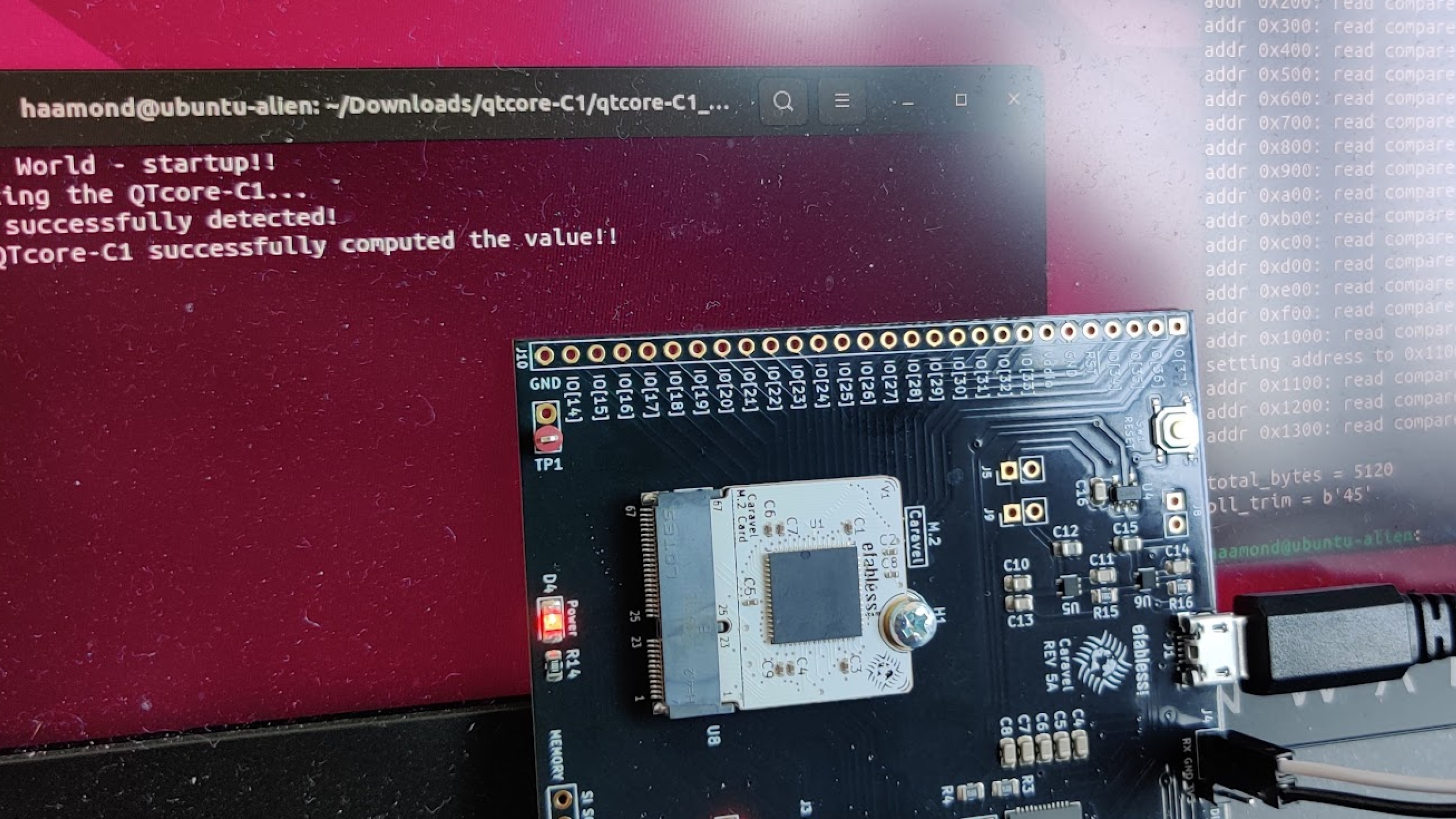
Siddharth Garg brainstorms with several students in his office. Photo credit: NYU Tandon
Siddharth Garg brainstorms with several students in his office. Photo credit: NYU Tandon
Democratizing Chip Design Education
Garg's commitment to dismantling barriers is also reflected in two new National Science Foundation (NSF)-funded initiatives launching in Spring 2025.
Chips4All will connect NYU doctoral and master's students from various STEM disciplines with hardware-focused engineering students, primarily from NYU Tandon’s ECE Department, to learn each other’s fields and collaborate on chip prototypes for specific applications like gene sequencing, new cryptographic protocols, and more.
NSF selected Chips4All for its competitive Research Traineeship (NRT) program, which funds innovative STEM graduate education to prepare students for diverse STEM careers.
"Crafting the Chips4All proposal was an intense 2023 summer sprint with Ramesh," says Garg. "I had multiple long conversations with NYU faculty members unfamiliar with chip design, not just to convince them of the idea's merit, but to understand what I needed to do to make a compelling case for their involvement. It was our biggest hurdle.”
Garg's confidence in assembling a diverse team came from a prior NSF cybersecurity grant proposal he spearheaded that involved coordinating 14 experts across institutions and disciplines.
“That gave me experience in assembling a group relevant to this NRT project. Additionally, one of our NYU collaborators, from the Wagner Graduate School of Public Service, has extensive team-building expertise. We understand that the program's success hinges not just on involving the right people, but on fostering effective collaboration across different disciplines.”
Complementing Chips4All is BASICS (Bridge to Application Specific Integrated Circuits), a 28-week online course introducing non-STEM professionals to chip design fundamentals. Participants ultimately will fabricate their own chips and can then continue learning in graduate ECE programs at NYU Tandon or elsewhere, or pursue new jobs applying those skills.
Karri broached the idea of BASICS while he and Garg were preparing the Chips4All proposal. Garg was motivated to pursue NSF funding for that as well in large part because of his experience with NYU Tandon's Bridge program, an online course that prepares non-technical professionals to apply for master’s programs at NYU Tandon and partner institutions.
"At first, I was skeptical that students without STEM backgrounds could succeed in technical engineering programs. Then I had two graduate students with social science backgrounds, including a stellar pole vaulter with psychology degree, come from the Bridge program into a graduate course I taught. Not only did they pass, they were two of my top students. That was a massive proof of concept that this could work," he explains.
Garg and Karri approached Shivani Dhir, who oversees the Digital Learning unit at NYU Tandon that runs Bridge, to collaborate on BASICS.
"Bridge is broadly applicable to several of our graduate programs. When Siddharth and Ramesh came to me with the idea to teach chip design online, it led to our first-ever tailoring of Bridge around a specific topic,” she says.
Garg had worked previously with Matthew Venn, the leader of a highly successful online chip design and fabrication course called Zero to ASIC. Garg enlisted Venn to join Dhir, Karri and him on Bridge’s executive committee, and to help create BASICS by merging NYU Tandon's existing Bridge curriculum with Zero to ASIC’s content.
NSF selected BASICS for its latest Experiential Learning for Emerging and Novel Technologies (ExLENT) investment.
"With these programs, we're growing a broad pool of talent skilled in specialized chip design, crucial for the CHIPS Act to live up to its mission," says Garg. Both initiatives focus on Application-Specific Integrated Circuits (ASICs) – chips for specialized functions, not just general computing. Both could lead to new career pathways and accelerated innovation in various fields.
An illustration showing the steps of an AI-assisted design chip process. Photo credit: NYU Tandon
An illustration showing the steps of an AI-assisted design chip process. Photo credit: NYU Tandon
A Vision for the Future
Garg's work at NYU Tandon is shaping a future where chip design is more accessible, efficient, and innovative. By combining AI research with educational initiatives, he's creating a bigger, faster, safer, and more democratic chip design environment.
"This democratization aligns perfectly with the CHIPS Act's vision of fostering a robust, diverse semiconductor talent pool in America,” says Garg. “We want to unleash innovation and entrepreneurship across a whole array of chip-dependent industries. And for me personally, with my early chip design background, it feels like coming home to something meaningful."
This content was paid for and created by NYU Tandon School of Engineering. The editorial staff of The Chronicle had no role in its preparation. Find out more about paid content.




